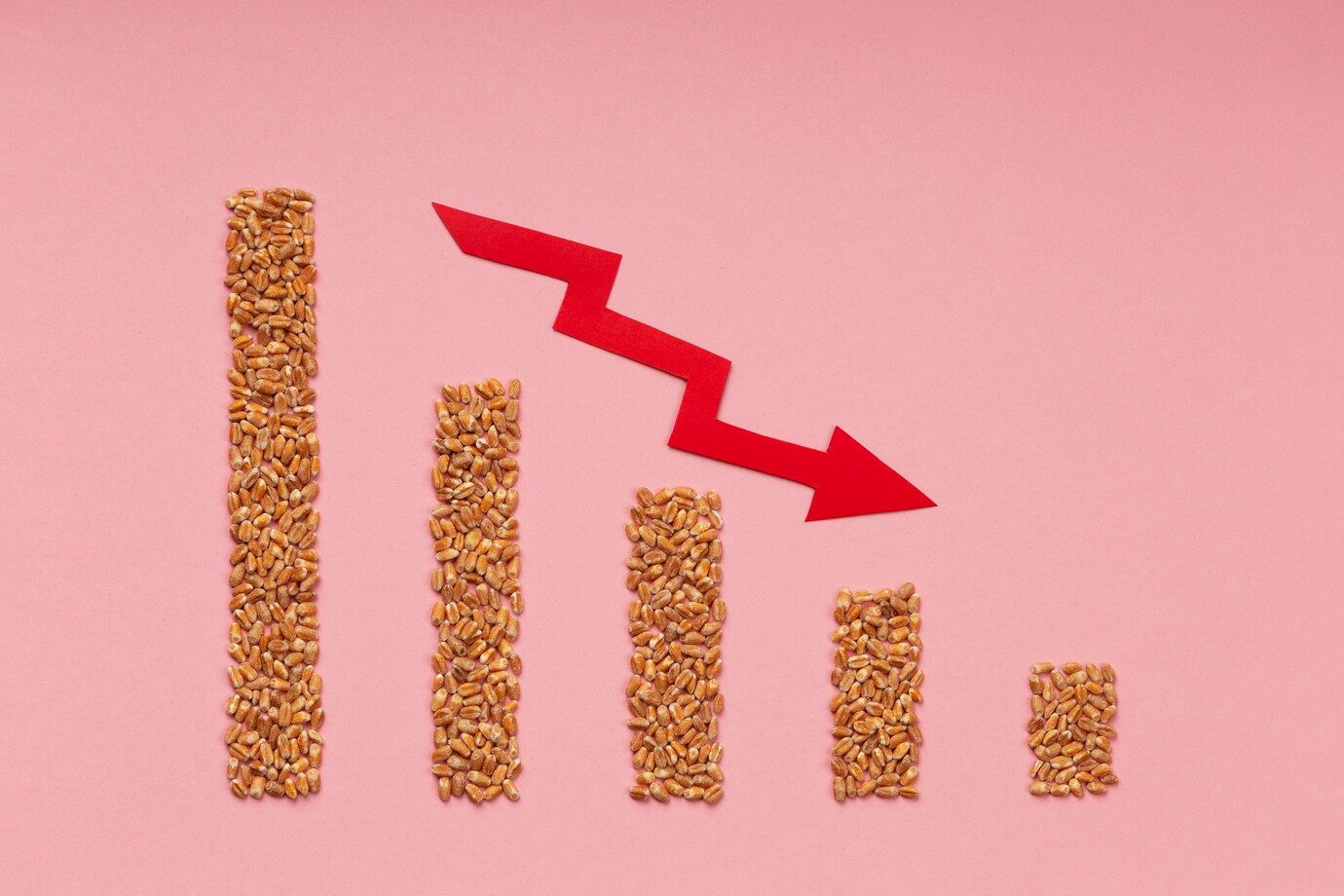The One SaaS Trend That Could Instantly Ruin Your Business with High Churn Rates
In the fast-paced world of Software as a Service (SaaS), staying ahead of trends is essential for survival. However, not all trends are created equal—some can propel your business to new heights, while others can spell disaster. One such trend that has emerged in recent years is the over-reliance on freemium models without proper monetization strategies. While offering free tiers or trials can be an effective way to attract users, mismanaging this approach can lead to skyrocketing churn rates and financial instability.
In this blog post, we’ll explore why over-reliance on freemium models is one of the most dangerous trends in SaaS today, how it can ruin your business with high churn rates, and what you can do to avoid falling into this trap.
The Appeal of Freemium Models
Freemium models have become incredibly popular in the SaaS industry because they lower barriers to entry and allow businesses to acquire large user bases quickly. By offering a basic version of your product for free, you give potential customers a risk-free way to try your service before committing financially. This strategy works well for companies like Slack, Dropbox, and Spotify, which have successfully converted free users into paying customers.
However, the key to success lies in conversion rates—the percentage of free users who upgrade to paid plans. When conversion rates are low or poorly managed, freemium models can backfire spectacularly, leading to unsustainable churn and revenue losses.
Why Over-Reliance on Freemium Can Ruin Your SaaS Business
While freemium models seem appealing, they come with inherent risks that can devastate your business if not carefully executed. Here’s how over-reliance on freemium can lead to high churn rates:
1. Misaligned Value Proposition
A common mistake with freemium models is failing to clearly differentiate between the free and premium versions. If the free tier offers too much value, users may never see a compelling reason to upgrade. For example:
- A project management tool provides unlimited tasks and collaborators in its free plan, leaving little incentive for teams to pay for additional features. Without a clear distinction, users remain stuck in the free tier indefinitely, contributing to stagnation and churn among those who might otherwise have converted.
2. High Cost of Supporting Free Users
Free users consume resources—server space, bandwidth, customer support, and more—without generating revenue. As your free user base grows, so do operational costs. If these expenses outweigh the income generated from paying customers, your business becomes financially unsustainable.
Additionally, providing robust support to free users diverts attention and resources away from paying customers, potentially alienating your most valuable segment.
3. Low Conversion Rates
Studies show that only 2-5% of free users typically convert to paid plans. If your conversion rate falls below this range—or worse, nears zero—you’re essentially running a charity rather than a profitable business. Low conversion rates mean that the vast majority of your users will churn when they realize there’s no need to upgrade.
4. User Expectations vs. Reality
Offering a free tier sets expectations about what your product can deliver. If the transition from free to paid feels abrupt or restrictive, users may feel betrayed and abandon your platform entirely. For instance:
- A photo editing app limits advanced filters and tools to premium subscribers but doesn’t communicate this limitation upfront.
- Disappointed users cancel their subscriptions after realizing the free version no longer meets their needs.
5. Competitor Pressure
In competitive markets, rivals may offer better freemium-to-paid transitions or even entirely free alternatives. If your freemium model fails to stand out, users will flock to competitors, accelerating churn.
How High Churn Rates Undermine Your Business
When over-reliance on freemium models leads to high churn rates, the consequences ripple across every aspect of your organization:
1. Revenue Loss
Every churned customer represents lost recurring revenue. With a freemium model, the impact is amplified because the pool of non-paying users far exceeds paying ones. High churn among both groups exacerbates financial strain.
2. Increased Customer Acquisition Costs (CAC)
Acquiring new customers to replace churned ones requires significant investment in marketing, sales, and onboarding efforts. The higher your churn rate, the more expensive it becomes to maintain growth.
3. Damaged Brand Reputation
Dissatisfied free users are quick to share negative feedback publicly. Whether through reviews, social media posts, or word-of-mouth, poor experiences tarnish your brand image and deter prospective buyers.
4. Employee Morale and Burnout
Constantly losing customers creates a stressful environment for your team. Developers, marketers, and customer success professionals face mounting pressure to “fix” churn, often at the expense of innovation and creativity.
How to Avoid the Pitfalls of Over-Reliance on Freemium Models
While freemium models carry risks, they don’t have to doom your business. With careful planning and execution, you can mitigate churn and maximize conversions. Here’s how:
1. Define Clear Boundaries Between Free and Paid Tiers
Ensure that your free tier offers enough functionality to showcase your product’s value but lacks critical features that drive demand for paid plans. For example:
- Limit storage capacity in a cloud storage app.
- Restrict access to advanced analytics in a reporting tool. Communicate these limitations upfront to set realistic expectations.
2. Focus on Conversion Optimization
Invest in strategies to improve conversion rates from free to paid. Tactics include:
- In-App Prompts: Highlight premium features during key moments in the user journey.
- Personalized Offers: Use data to tailor promotions and discounts to individual users.
- Behavioral Triggers: Send targeted emails or notifications based on usage patterns (e.g., “Your free storage is almost full—upgrade now!”).
3. Deliver Exceptional Customer Support
Even free users deserve excellent support. Providing timely, empathetic assistance builds trust and increases the likelihood of conversion. Consider using AI-powered chatbots to handle common queries efficiently.
4. Monitor Key Metrics
Track metrics like:
- Free-to-Paid Conversion Rate
- Churn Rate Among Free Users
- Cost Per Free User Regularly analyze these numbers to identify areas for improvement and adjust your strategy accordingly.
5. Offer Compelling Upsells
Design upsell opportunities that enhance the user experience without feeling pushy. Examples include:
- Adding integrations with popular third-party tools.
- Introducing team collaboration features for group accounts.
6. Test and Iterate
Continuously test different aspects of your freemium model—pricing, feature allocation, messaging—and iterate based on results. What works for one company may not work for another, so experimentation is key.
Real-World Example: Dropbox vs. Evernote
To illustrate the dangers of over-reliance on freemium models, let’s compare two prominent SaaS companies: Dropbox and Evernote.
Dropbox:
- Successfully implemented a freemium model by offering limited storage in the free tier and incentivizing upgrades with additional space.
- Maintained high conversion rates by delivering seamless usability and clear value propositions.
Evernote:
- Struggled with its freemium model due to unclear boundaries between free and paid tiers.
- Failed to convert enough free users into paying customers, leading to declining revenues and eventual layoffs.
The difference? Dropbox focused on optimizing conversions and delivering tangible value, while Evernote faltered by neglecting these priorities.
Conclusion
Over-reliance on freemium models without proper monetization strategies is one of the most dangerous trends in SaaS today. While offering free tiers can attract users, mismanaging this approach can result in high churn rates, unsustainable costs, and financial instability.
To avoid this pitfall, focus on defining clear boundaries between free and paid tiers, optimizing conversions, delivering exceptional support, and continuously testing your strategy. By doing so, you can harness the power of freemium models to grow your business sustainably—without letting them ruin it.
So, what steps will you take today to ensure your freemium model drives growth instead of churn? Share your thoughts, ideas, and experiences in the comments below—we’d love to hear from you!
Tags:
saas churn, freemium model, saas trends, high churn rate, conversion optimization, customer retention, saas monetization, dropbox case study, evernote case study, saas pitfalls, user acquisition, customer support, pricing strategy, saas growth, freemium pitfalls, saas challenges, founder advice, saas profitability, user engagement



















